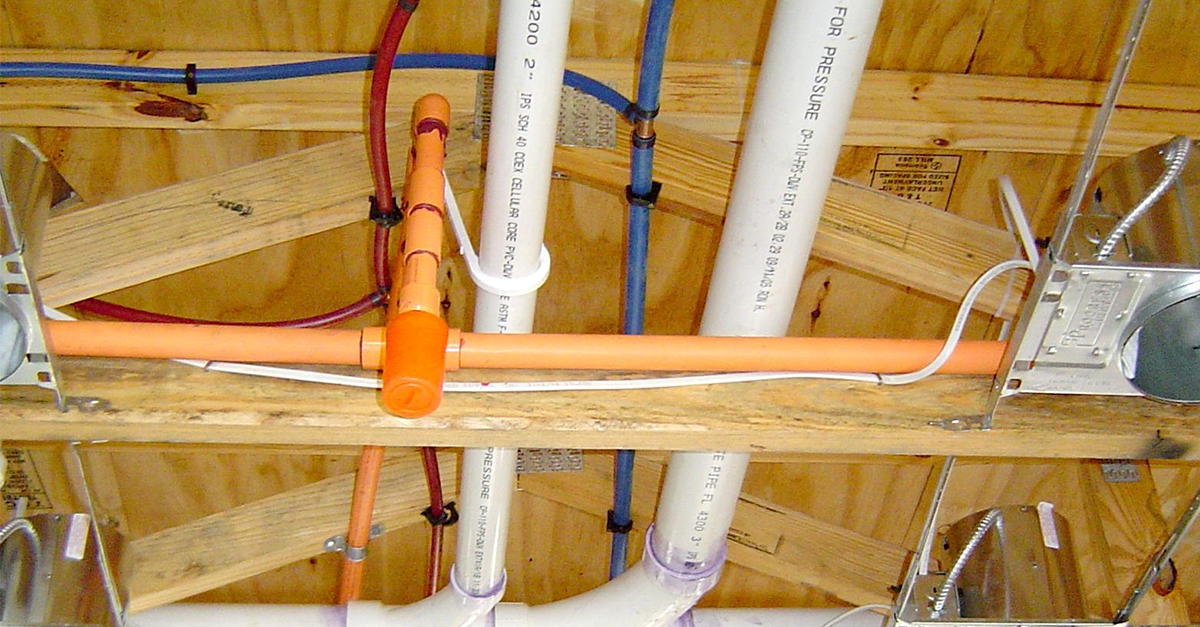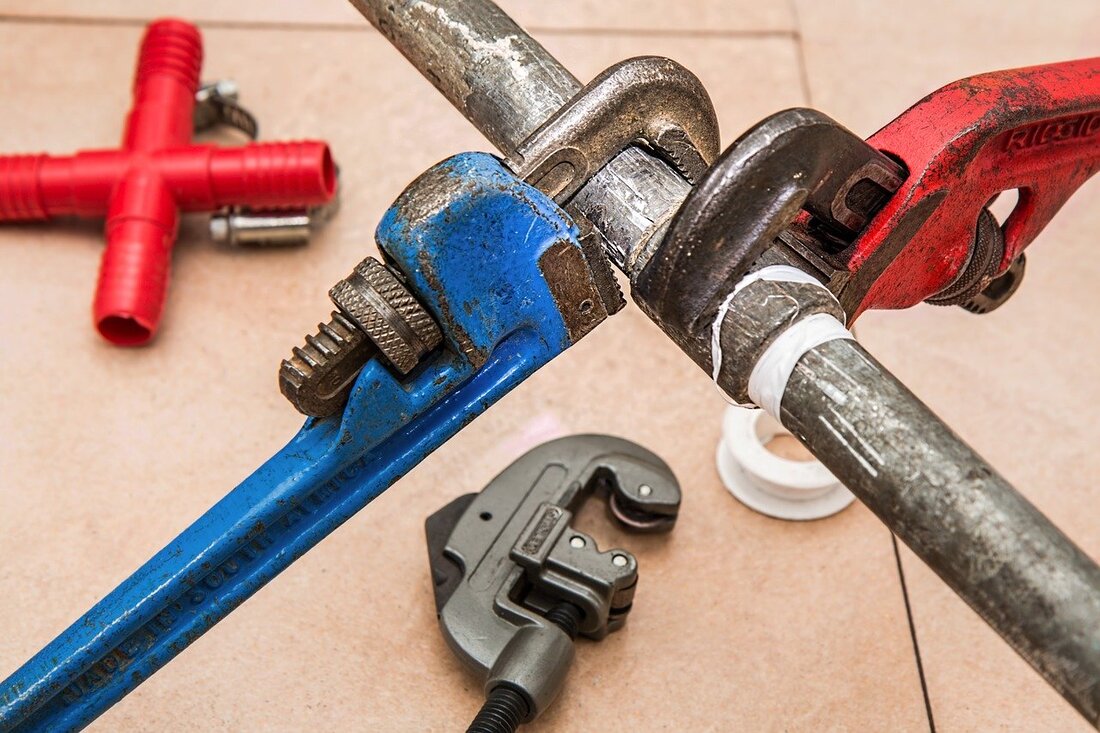Mastering the Core Concepts of Home Plumbing: A Beginner's Introduction
Mastering the Core Concepts of Home Plumbing: A Beginner's Introduction
Blog Article
We have found this great article relating to Plumbing Basics Every Homeowner Should Know down the page on the internet and figured it made perfect sense to quickly share it with you on my blog.

Plumbing is an important aspect of any kind of home, in charge of providing clean water for alcohol consumption, food preparation, and showering, in addition to eliminating wastewater safely. Recognizing the fundamentals of home plumbing is important for every home owner to make sure proper upkeep, troubleshooting, and, if needed, repair services. In this beginner's overview, we'll cover the essential principles of home plumbing to assist you end up being a lot more knowledgeable about how it works.
Water Heater
The water furnace is in charge of heating water for domestic use, including bathing, food preparation, and cleaning. Typical types of hot water heater consist of tank-type hot water heater, tankless (on-demand) hot water heater, and heatpump hot water heater. The hot water heater is connected to the water system system and supplies warm water to plumbing fixtures as required.
Drainage System
The drain system eliminates wastewater from your home and carries it away to a sewage therapy facility or septic system. It contains a network of pipes, fittings, and fixtures that deliver wastewater from plumbing fixtures to the primary sewage system line or septic tank. Appropriate water drainage is important to prevent blockages, back-ups, and sewage leakages.
Air flow System
The ventilation system assists keep proper air pressure and stop sewage system gases from entering your home. Air vent pipes, also called vent stacks, prolong from plumbing components to the roof covering, allowing drain gases to escape safely outside. Ventilation pipelines also allow air to go into the water drainage system, facilitating smooth wastewater flow and preventing suction or vacuum effects.
Supply Of Water System
The water system system brings clean water into your home from a community water source or a personal well. It includes a primary water line that links to your home's plumbing system, normally situated underground. A water meter gauges the quantity of water taken in, while a shut-off shutoff permits you to regulate the circulation of water right into your home.
Plumbing Components
Plumbing components are gadgets that provide water to various parts of your home and include sinks, taps, toilets, showers, tubs, and appliances such as dishwashers and washing machines. Each component is attached to the water system system by means of pipes and fittings and might have its shut-off valve for upkeep or emergency situations.
Typical Plumbing Tools
Having the right tools accessible is crucial for executing fundamental plumbing repair work and maintenance tasks. Common plumbing tools consist of adjustable wrenches, pipe wrenches, pliers, pipeline cutters, hacksaws, bettors, augers (or drain snakes), and Teflon tape. Having these devices easily available can help you take on minor plumbing problems efficiently.
Standard Plumbing Fixings
While some plumbing repair work may call for expert assistance, numerous usual problems can be addressed with standard DIY techniques. Understanding exactly how to fix a leaking faucet, unblock a drain, change a bathroom flapper, or repair a leaking showerhead can conserve you money and time on plumbing repair work.
Verdict
Understanding the essentials of home plumbing is necessary for every homeowner to maintain a safe, practical, and effective plumbing system. By familiarizing yourself with the water supply system, plumbing components, water drainage system, air flow system, typical plumbing devices, and basic repair work, you can confidently address minor plumbing concerns and ensure your home's plumbing system runs smoothly.
Plumbing for Beginners: A Comprehensive Guide
If you’re a beginner when it comes to plumbing, don’t worry; you’re not alone. Plumbing may seem intimidating, but with the right knowledge and a little practice, you can handle many common plumbing issues on your own. In this comprehensive guide, we will demystify the world of plumbing for beginners, providing you with the basic knowledge and skills needed to tackle common plumbing problems and even take on some DIY plumbing projects.
The Importance of Basic Plumbing Knowledge for Beginners:
First and foremost, basic plumbing knowledge gives you a solid foundation. It helps you grasp the key concepts and terminology that are essential in this field. By learning the basics, you’ll be able to build upon that knowledge and tackle more complex plumbing tasks in the future.
Having a basic understanding of plumbing also enables you to handle common issues that may arise in your home. Picture this: a leaky faucet or a clogged drain. With some basic plumbing knowledge, you’ll have the confidence to troubleshoot and fix these problems on your own. It saves you from unnecessary expenses and the hassle of waiting for a professional to arrive.
As a beginner, learning the basics of plumbing empowers you to take care of your own home. It gives you a sense of independence and self-reliance. You’ll no longer have to rely solely on professionals for every small issue that pops up. Instead, you can handle many tasks yourself, saving time and money in the process.
Remember, everyone starts as a beginner. Embrace the learning process and take small steps to expand your plumbing knowledge. There are plenty of online resources, tutorials, and even local workshops that talk about plumbing for beginners.
Essential Tools for Plumbing for Beginners
As you start your plumbing journey, having the right tools in your toolbox is crucial. Let’s explore some of the must-have tools:
Adjustable Wrench:
This versatile tool is a staple in any plumber’s toolbox. It allows you to tighten or loosen nuts and bolts of various sizes. Make sure to have an adjustable wrench with a comfortable grip.
Pipe Wrench:
A pipe wrench is specifically designed for gripping and turning pipes. It has serrated jaws that provide a strong grip, making it easier to loosen or tighten threaded pipes and fittings.
Plunger:
The plunger is a simple yet effective tool for clearing clogged drains and toilets. It creates suction when you push and pull, helping to dislodge blockages. Keep a good-quality plunger handy for those unexpected clogs.
Pipe Cutter:
When it comes to cutting pipes, a pipe cutter is your go-to tool. It creates clean, precise cuts without damaging the pipe. Look for a pipe cutter that can handle the pipe sizes you’re working with.
Hacksaw:
A hacksaw is useful for cutting through pipes, screws, and other materials. It’s a versatile tool that can handle different cutting tasks. Remember to use a blade suitable for cutting metal.
Tape Measure:
Accurate measurements are crucial in plumbing. A tape measure allows you to measure pipe lengths, distances, and dimensions accurately. Opt for a sturdy tape measure that extends a good length.
Pliers:
Pliers come in handy for various tasks, such as gripping, bending, and cutting. Slip-joint pliers with adjustable jaws are great for gripping pipes, nuts, and bolts.

As an avid reader about Plumbing basics: How your home plumbing works, I was thinking sharing that piece of content was smart. If you enjoyed our blog entry if you please do not forget to pass it around. Many thanks for your time. Return soon.
Click Here Report this page